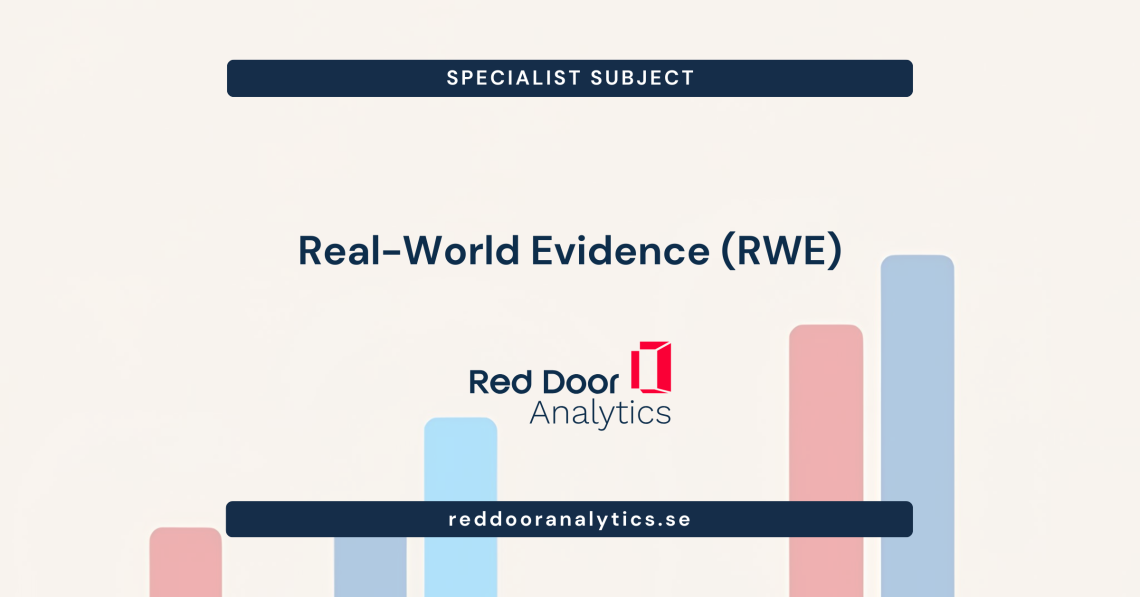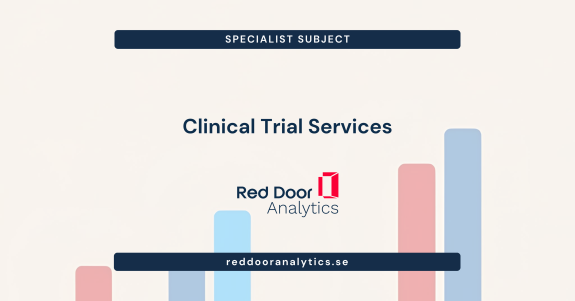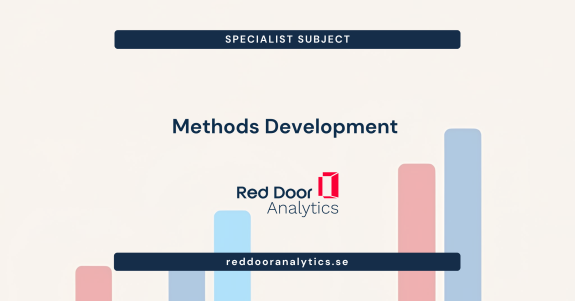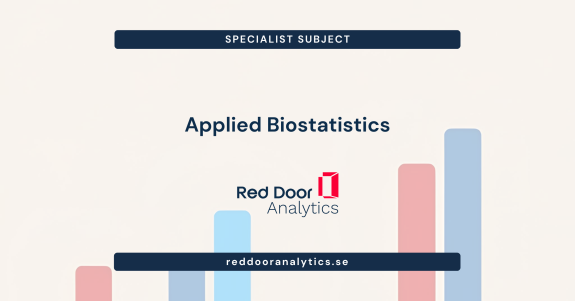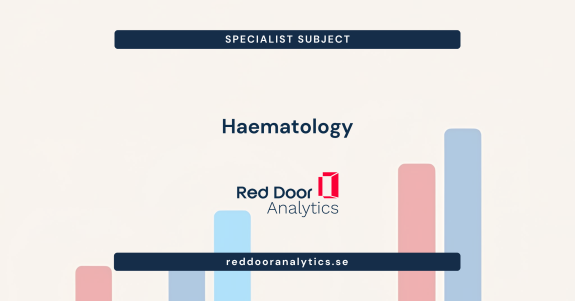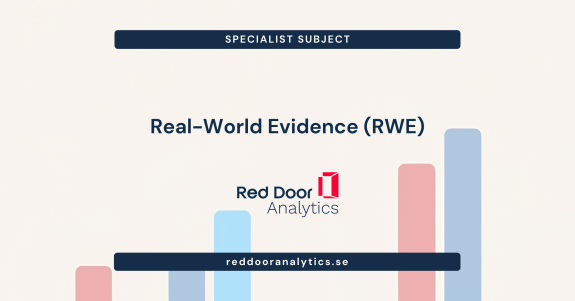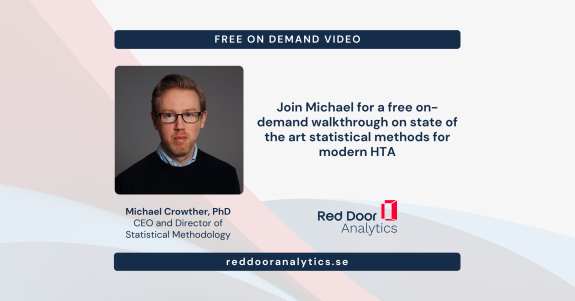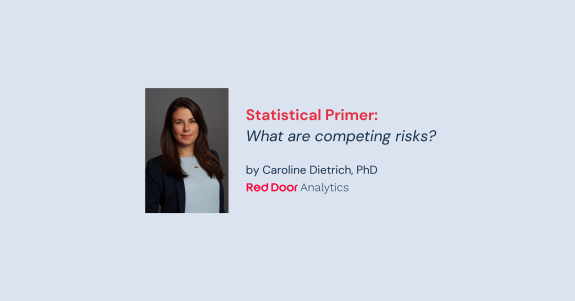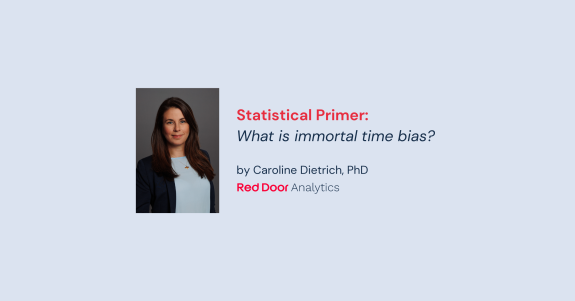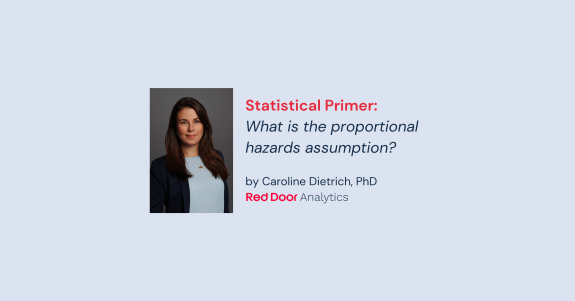Real-World Evidence
Real-world evidence (RWE) refers to data and information that, unlike data generated in clinical trials conducted in controlled environments, has been obtained from everyday clinical practice, patient registers, or other sources outside the clinical trial setting.
RWE plays a crucial role in complementing traditional clinical trial data, providing insights into the safety, effectiveness, and overall performance of medical interventions in diverse and representative populations. It is valuable for assessing long-term outcomes, treatment patterns, and the impact of healthcare interventions on real-world patients. Policymakers, healthcare providers, researchers, and pharmaceutical companies increasingly rely on RWE to make informed decisions about healthcare delivery, regulatory approvals, and treatment strategies, contributing to a more comprehensive understanding of healthcare outcomes in diverse and real-world scenarios.
At RDA, we understand that real-world evidence is generated by using cutting edge methods from biostatistics and epidemiology on observational data to obtain meaning and impactful insights for patients and health care professionals. Our expertise in biostatistics, epidemiology, and the use of Nordic registers make us the perfect partner for your real-world evidence project. Check out our resource page to see all our specialist subjects, such as:
- Causal inference,
- Competing risks,
- Multi-state models,
- Joint models.
Selected Publications
- Jerkeman M, Ekberg S, Glimelius I, Albertsson-Lindblad A, Entrop JP, Ellin F, Sonnevi K, Lewerin C, Brandefors L, Smedby KE. Nationwide Assessment of Patient Trajectories in Mantle Cell Lymphoma: The Swedish MCLcomplete Project. HemaSphere 2023; 7(8): p e928
- Illipse M, Gasparini A, Christoffersen B, Hall P, Czene K, Humphreys K. Studying the association between longitudinal non-dense breast tissue and breast cancer risk: a joint modelling approach. American Journal of Epidemiology, 2024
- Ekberg S, Crowther M, Harrysson S, Jerkeman M, Ekström Smedby K, Eloranta S. Patient trajectories after diagnosis of diffuse large B-cell lymphoma—a multistate modelling approach to estimate the chance of lasting remission. British Journal of Cancer 2022;127(9):1642-1649.
- Achana F, Gallacher D, Oppong R, Kim S, Petrou S, Mason J, Crowther M. Multivariate Generalized Linear Mixed-Effects Models for the Analysis of Clinical Trial–Based Cost-Effectiveness Data. Medical Decision Making 2021;41(6):667-684.
- Evans M, Bower H, Cockburn E, Jacobson SH, Barany P, Carrero JJ. Contemporary management of anaemia, erythropoietin resistance and cardiovascular risk in patients with advanced chronic kidney disease: a nationwide analysis. Clinical Kidney Journal 2020;13(5):821-7.
- Bower H, Björkholm M, Dickman PW, Höglund M, Lambert PC, Andersson TML. Life expectancy of patients with chronic myeloid leukemia approaches the life expectancy of the general population. Journal of Clinical Oncology2016;34(24):2851-7.

